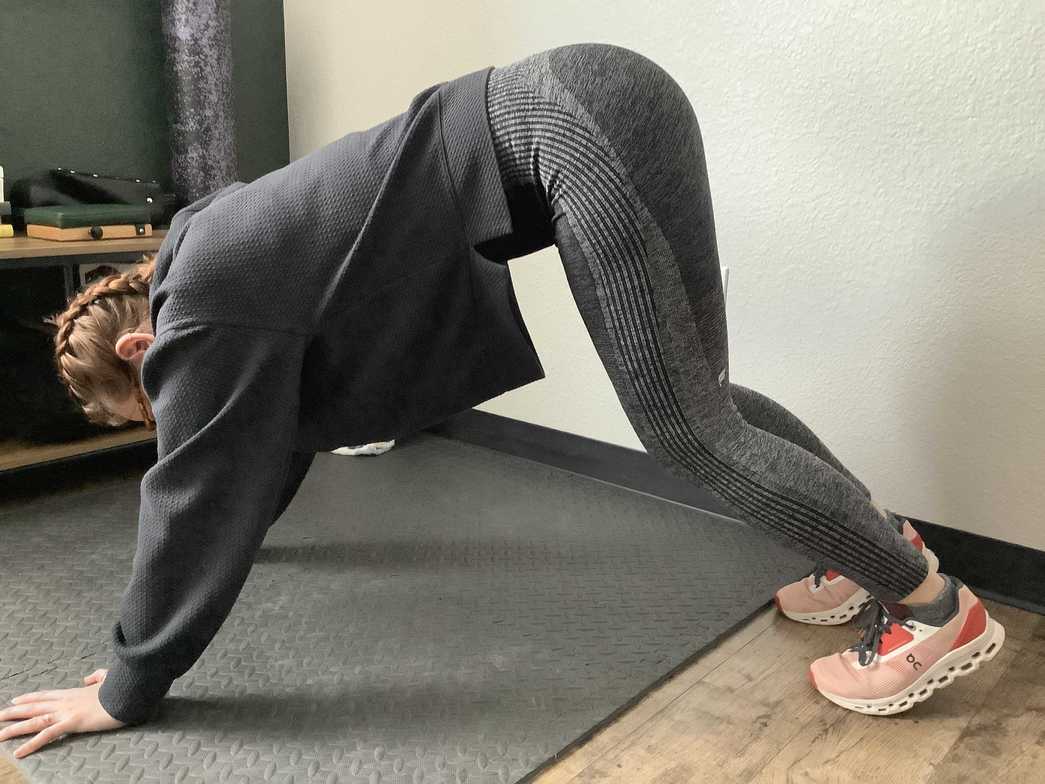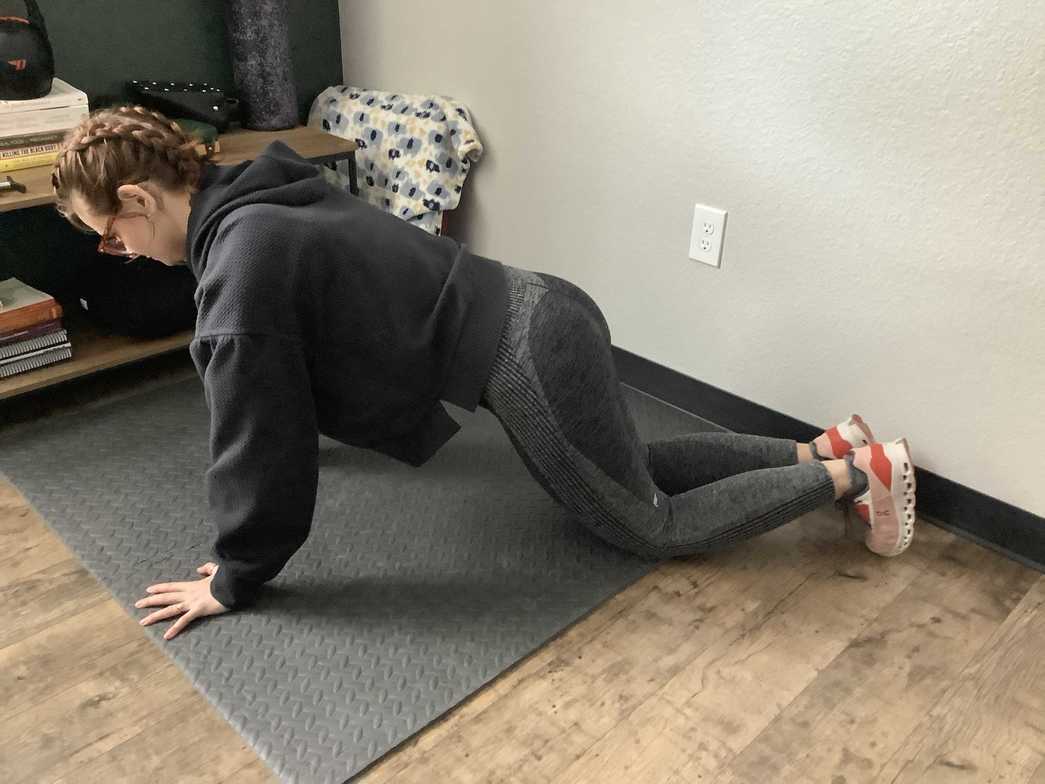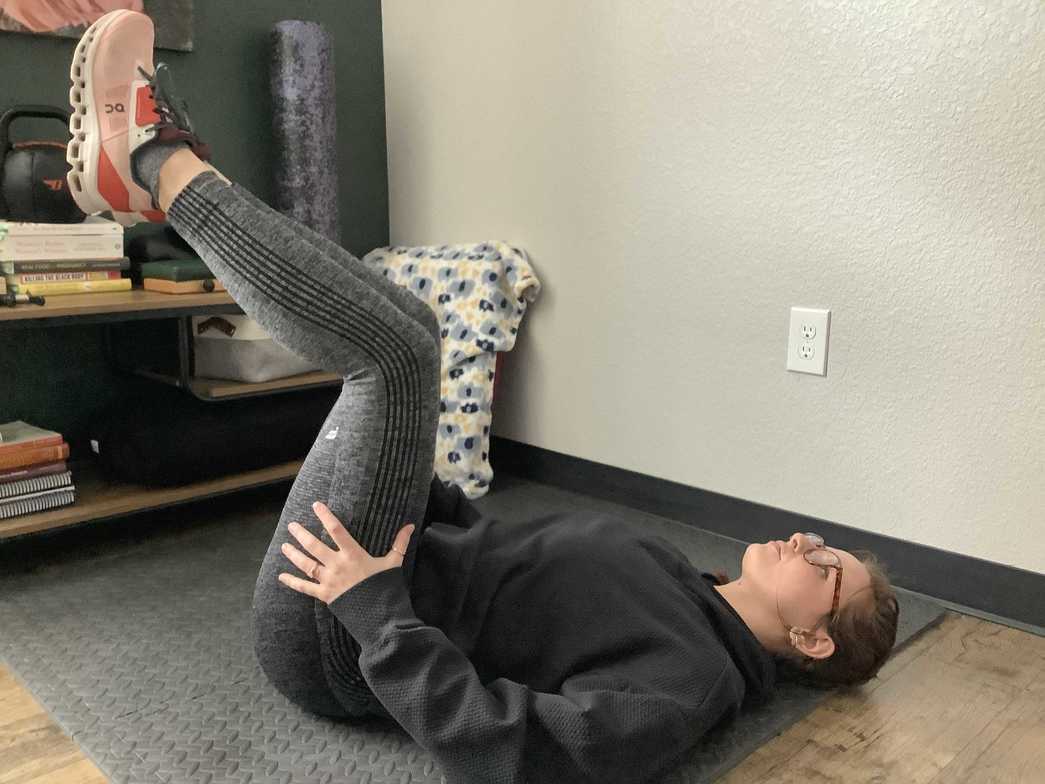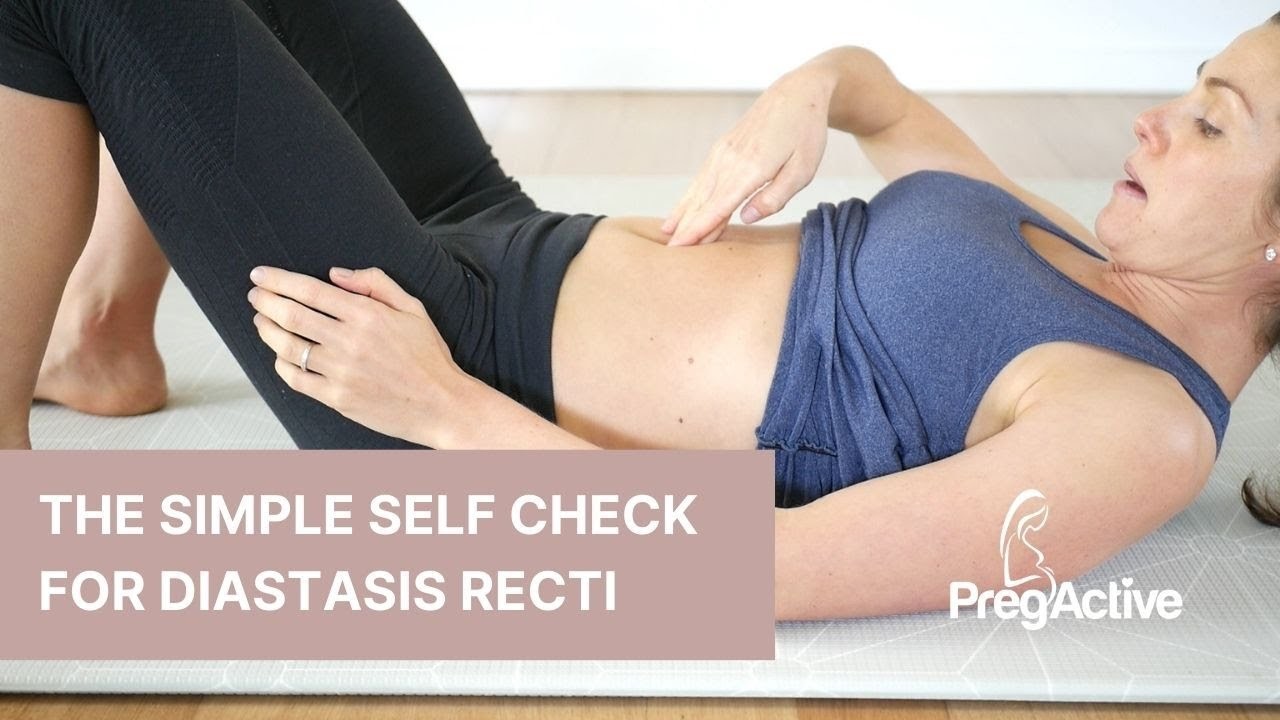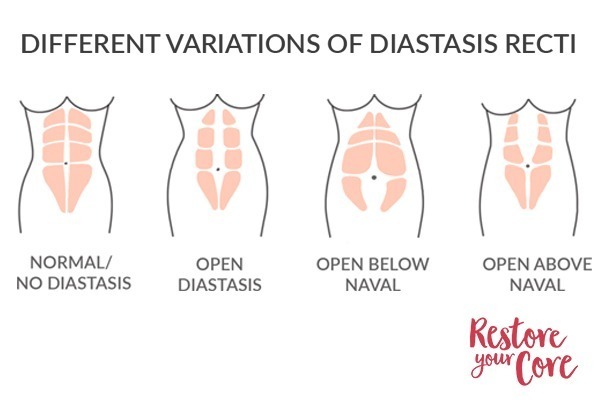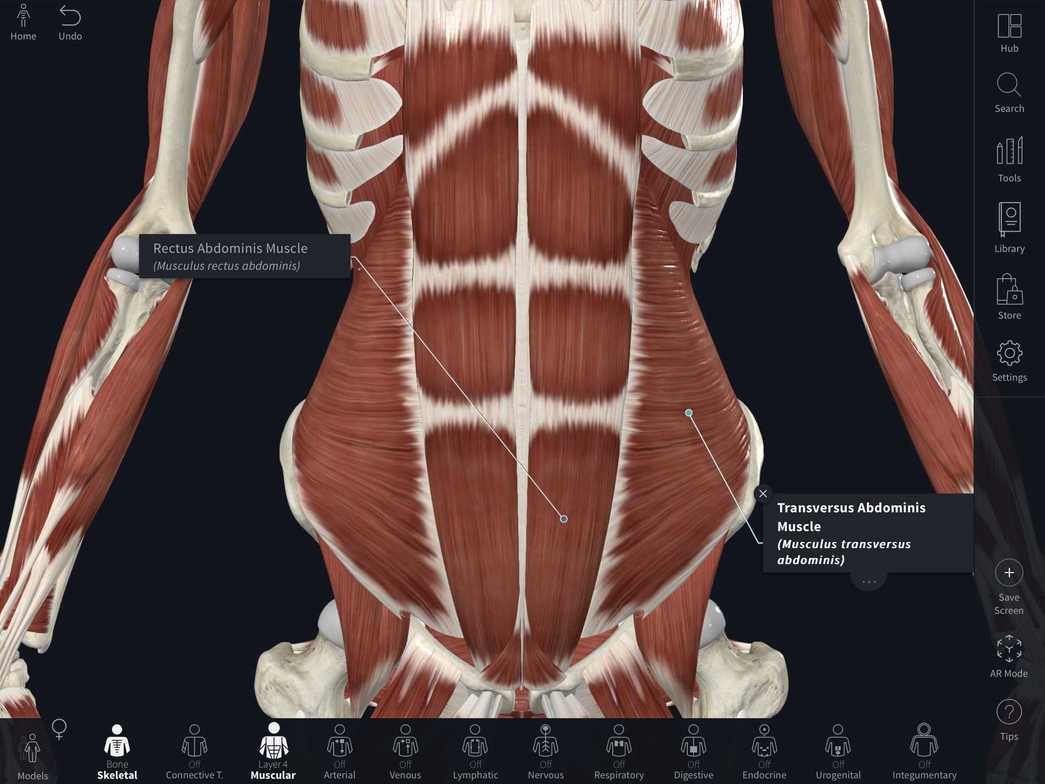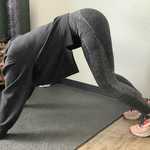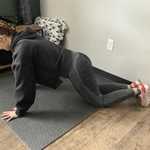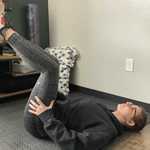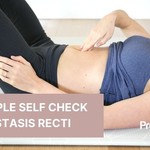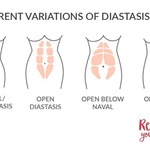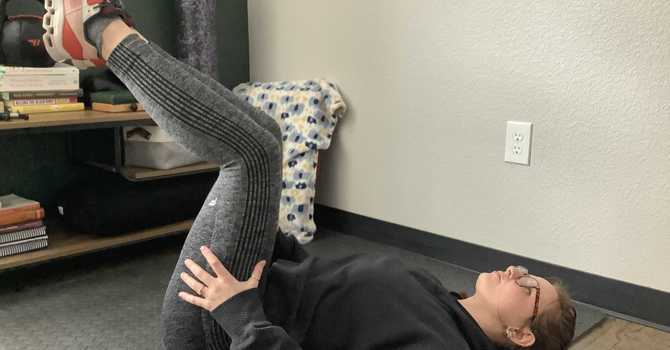I love fun facts so here are two:
- Babies are born with DRA. Babies use breath and movement that involve their entire core and it heals (1).
- One in four women have pelvic floor dysfunction and some sources say even one in three are affected (1,4).
That is staggering, but not surprising to me. Barely any women hear about pelvic floor or DRA until they decide they want to have kids, then it's a bombardment of misinformation (for the most part). DRA and your pelvic floor can be helped, but kegels and crunches aren’t the answer anymore. DRA is when your rectus abdominis muscles separate beyond normal and the connective tissue found there (linea Alba) does not provide sufficient stability and tension. You are basically guaranteed to have this.
First, let me orient you to what exactly we’re working with. For my visual learners, I'll attach a picture below! The Rectus abdominis and transversus abdominis. The Rectus Abdominis muscles are your six pack abs. They run up and down and are the muscles that split the most when you have DRA (hence the name). The Transverse Abdominis muscle (TA) is a layer deeper than your Rectus Abdominis. It mimics a corset because it wraps from the spine all the way around to the front of your body. Mulitifidi are small muscles along your vertebrae and of course the Pelvic floor cannot be ignored which is a multilayered team of muscles connecting from openings to the bottom of the spine that will act as a shelf for your bladder, uterus, and rectum. All of these muscles make up your core (5 p148).
DRA is a symptom, not a cause of core dysfunction. The cause is usually multifactorial which can include muscle weakness or overactivity, emotional stressors in daily life, psychological factors like depression or anxiety, and/or your environment. It’s more than likely never one reason for anything. I see a lot of patients trying desperately to find one reason they can avoid and unfortunately, we're finding that it’s simply no longer the case. I think it’s also important to note that no two DRA’s are made the same. It’s a symptom, so causes are different for everyone. What works for your bestie, might not work for you at all.
So I lied, I have another fun fact for you: DRA usually approximates on its own anywhere from 6-12 weeks, however, this only happens about half the time (1). For this reason, we don't usually check for DRA until 12 weeks post partum.
Let's go over how we check for DRA. This can be done in a laying down face up position (supine) with knees bent, hip distance apart and feet flat. Then I, as the practitioner, will palpate along the middle of your core to feel for gapping and dept of it. We measure with fingers (oh yes, this is super subjective, you’re correct). Less than two fingers is “normal”. We can also check in bear or side plank position to see what other specific muscles are impacted and where the coning points are. The end goal is symmetry.
There is a serious lack of information and discrepancies of how to manage DRA, but where I like to start is breathing. You might be thinking that it sounds dumb and that you already breathe and function that way, but we actually breathe incorrectly. I’m talking about diaphragmatic breathing and stability breathing. Babies do this. You see their bellies pouch out and in when they breathe (refer back to fun fact #3) which helps them to initiate rolling over, crawling, sitting up, standing, and walking. It refers to taking the breath and pulling it down into the core rather than just stopping at the chest. It’s more than just belly breathing as well, the goal is to get the whole core to work. Stability breath is essentially the same thing, but bracing the core post exhalation and then doing the movement we’ve chosen to do. Once we have the foundational breathing down, we start into movement.
My 3 favorite DRA exercises are: (do these 2-3x day)
- Dead Bugs: Using a stability breath in all of these movements and focus on keeping the low back firmly rooted to the floor. Arms will go out in front of you, basically mimicking your leg position. Then extend one arm and the opposite leg then switch. This is a slow movement with the core engaged the entire time! Set a timer for 1 min and do 2 sets.
- Extended Table Top: This movement is all about the breath. The position itself should fire up your core. Do 2 sets of 5 breaths.
- High Bear: another position where we just breathe! The key with this movement and with the extended table top is that the back is included still in this breathing. 2 sets of 5 breaths.
I’ve been asked about Abdominal Wraps a time or two in my office as well. Ab wraps mirror your TA muscle and MAY help with your DRA, however, if you can’t do diaphragmatic or stability breathing then the Ab wrap won’t do you any favors. My goal is for my moms to be able to brace without a wrap, wrap is a tool, not something that will fix the issue at hand.
Did you happen to notice that there aren’t any “Don’ts”? Oddly enough, there are no exercises that are inherently bad for DRA. Just simply not as effective. They also might not work for everyone all the time. When we say certain movements are “bad” we are leaning into a fear avoidance pattern which won’t help us mentally or emotionally. Toss it back to a couple paragraphs ago and you now know that your mental and emotional wellbeing are big factors into your musculoskeletal pain. Start small and then we add load as you adapt.
Do not be afraid to move.
Dr. Brynn Lay DC, BS
Wurth Chiropractic BirthFIT Leader
Resources:
- BirthFit Leader and Coaching Education
- ACOG.orgCleveland Clinic.org
- Women’s bodies, Women’s Wisdom by Christiane Northrup, MDT
- he Fourth Trimester by Kimberly Ann Johnson


